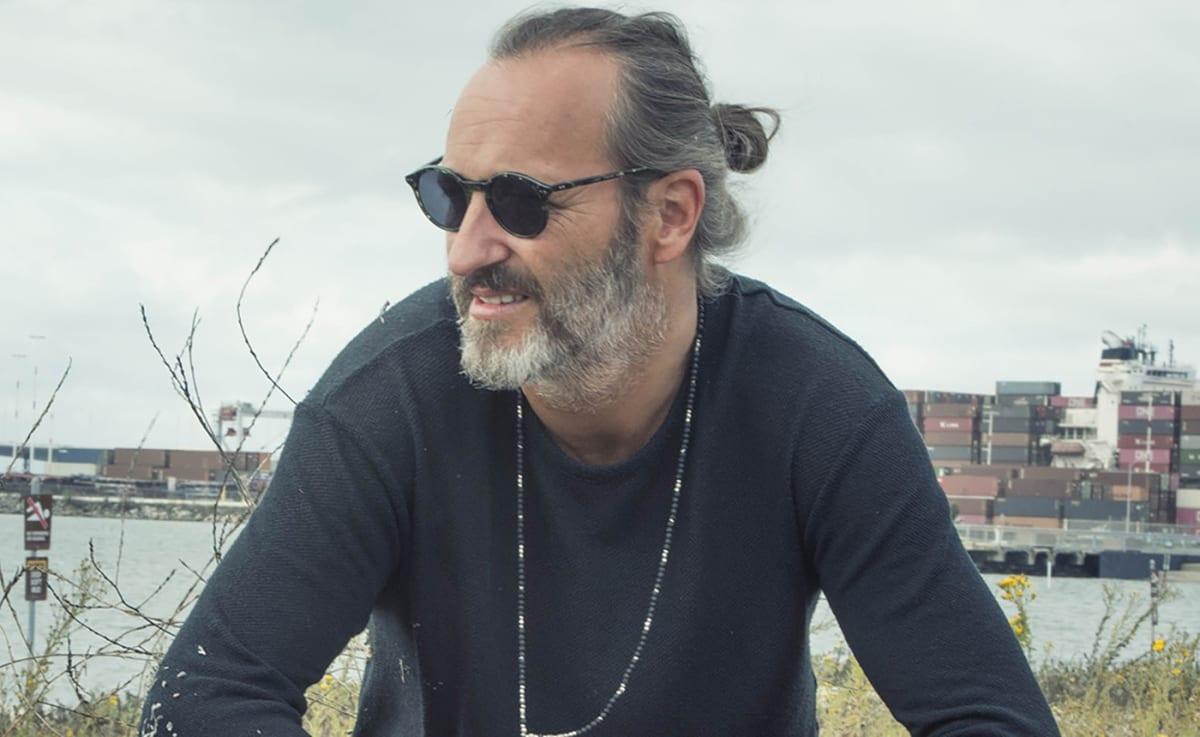My Toolbox: Lost Desert [Souksonic/All Day I Dream]


Lost Desert is a Belgian producer/DJ who made his powerful debut in 2016 when he and Lee Burridge teamed up for the ‘Stand Up Right’ EP on Lee’s since-retired label Get Weird.
The EP-titled track made its way into countless charts and DJ sets, having perfectly caught the wave of deep house embracing the influence of traditional and folk music from around the globe. This was organic house before anyone was calling it organic house.
He later launched his own label, Souksonic, in 2019 which has been catching ears and turning heads since then. The output from his label and continuing collaborations with Lee Burridge on All Day I Dream have earned him a spot as one of the major artists leading the organic house sound today.
In this newest piece from the My Toolbox series we get a look into the creative space of Lost Desert and learn more about his process of making music.
What defines the Lost Desert sound and how do you achieve that in the studio?
Hi Magnetic readers, I think it’s just me doing what I feel comes naturally, following my heart and ears instead of what’s on the Beatport charts.
If I had to go more into detail or mention one specific thing, I often take a microphone and record some noises in nature or the ambient room noise of my studio to act as a natural sound-bed in the tracks I am making. If I want to push myself and be creative, I will create and record some percussion samples out of found sounds or stuff around my studio.
What is the workflow like when collaborating on tracks with genre-defining artists like Lee Burridge?
I don’t think or feel that Lee, or even the both of us, define one genre.
In my mind, Lee and I make Afro House (as with Junior & Bantwanas collaborations), Deep House (such as Botanic, Loopyness, and Slave to the Strings), and Progressive (Float On, Bloemenvelden, and Moogami). It’s Beatport that makes the genres and places us into those genres… it’s rarely the artists themselves.
Read The Complete History: All Day I Dream
If I may speak for the two of us, it’s more about a feeling of a track than the genre. I’m not saying having genres is terrible; without some refinement and categorization, we would get lost in a universe of tracks.
Most of the time, I start by making a loop in the Native Instruments plugin Maschine 2. I only use the software. Over the years, I have recorded so much real percussion, field recording, nature noises, and voices that give me endless opportunities in that plug-in.
Often the percussion or vibes in the loop determine the song’s key; from that point on, I start writing the melodies, chords, and bass lines.
It’s challenging to make the next piece of music; maybe my best is already out there!
Who knows?
And that’s the beauty of creating music, the never-ending quest for the next best new thing.
Scroll to Continue
But if I had to share one bit of wisdom, it would be to not overthink things in the studio. Have fun, and the best will come.
What are the pieces of gear in your studio you could simply not do without?
Well, as with most studios these days, my Mac Pro would be my most-used tool. Other than that, it would be Logic which I work in most of the time.
I use Ableton only for remixing because its warping algorithms allow me to change the tempo of samples very quickly.
Currently, I cannot go without my Genelec 1031A studio monitors. They have been in my studio for about 20 years, and I know them like the back of my hand. Recently Lee added his own set of Genelec Ones to his studio.
After that, there are a few more essentials that I still learning how to use effectively. I love my SSL XDesk, SSL Fusion, and the other outboard stuff I use, like a Moog Voyager, which is my go-to for sub-bass. My Moog One and I always loved Nord Lead 4 and Prophet 6.
Finally, I could survive without my small collection of vintage Roland Juno 106, Juno 60, Jx groove synth,
What is the secret to finishing a track that you want signed to All Day I Dream?
I have been a Logic user for the longest time; knowing your DAW is essential for your workflow, and decent monitoring is required. Here is something I always say as a rule of thumb when producing…
“Something old, something new, something borrowed, something blue,”
Interpret that as you will on your next track…
We all know good-sounding drums are critical to a sound dance track. Like a pizza, if the bottom sucks, you can add whatever on it, but it will still be a lousy pizza.
Want To Sign Music With Purified Records? Here’s How
Do you have any advice for newer producers looking to replicate your success in the studio?
Try not to make what’s already out there.
Use what’s out there to inspire, not copy!
Learn to understand music, key, scale, chords, etc.
Your music will evolve faster if you know and understand the basics.
On gear, I would advise buying less but buying quality. This goes for monitoring and all other outboard gear if you are starting on a low budget. Get good headphones instead of some cheap monitors.
And, of course, be prepared to commit, as it might take a while before you become a star. I love to help new talent. That’s one of the reasons why I started my own label Souksonic.
https://technosoundz.com/feed/
TechnoSoundz
https://technosoundz.com/studio/my-toolbox-lost-desert-souksonic-all-day-i-dream/



